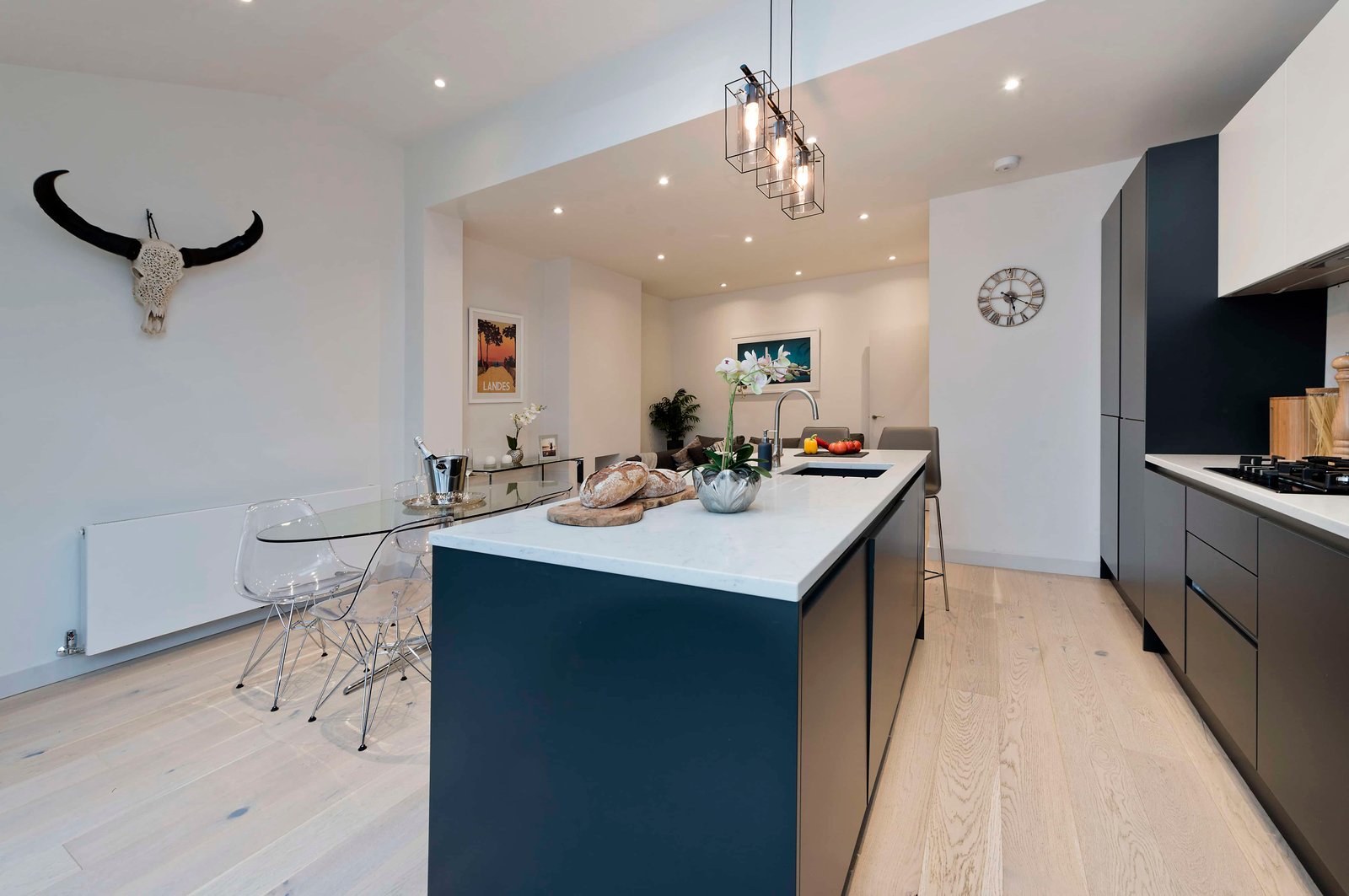House extensions in the UK have been the to go solution when home owners need additional space but would rather not move. In 2021, the National Association of Home Builders (NAHB) estimated that over 152,000 house extension projects where being carried out in the UK, with 20% of these happening in London.
While an extension to a house has been considered as a sensible way to gain additional space in a home for a long time, since 2020, the trend has increased dramatically. House extensions in London particularly saw a dramatic rise during the pandemic as families where looking to add extra space to their homes to accommodate their new lifestyle. Working from home became the norm rather than the exception and with our lives confined to our own four walls some decided to move away from large cities. But for those who preferred to stay put, creating extra space in their own home was paramount.
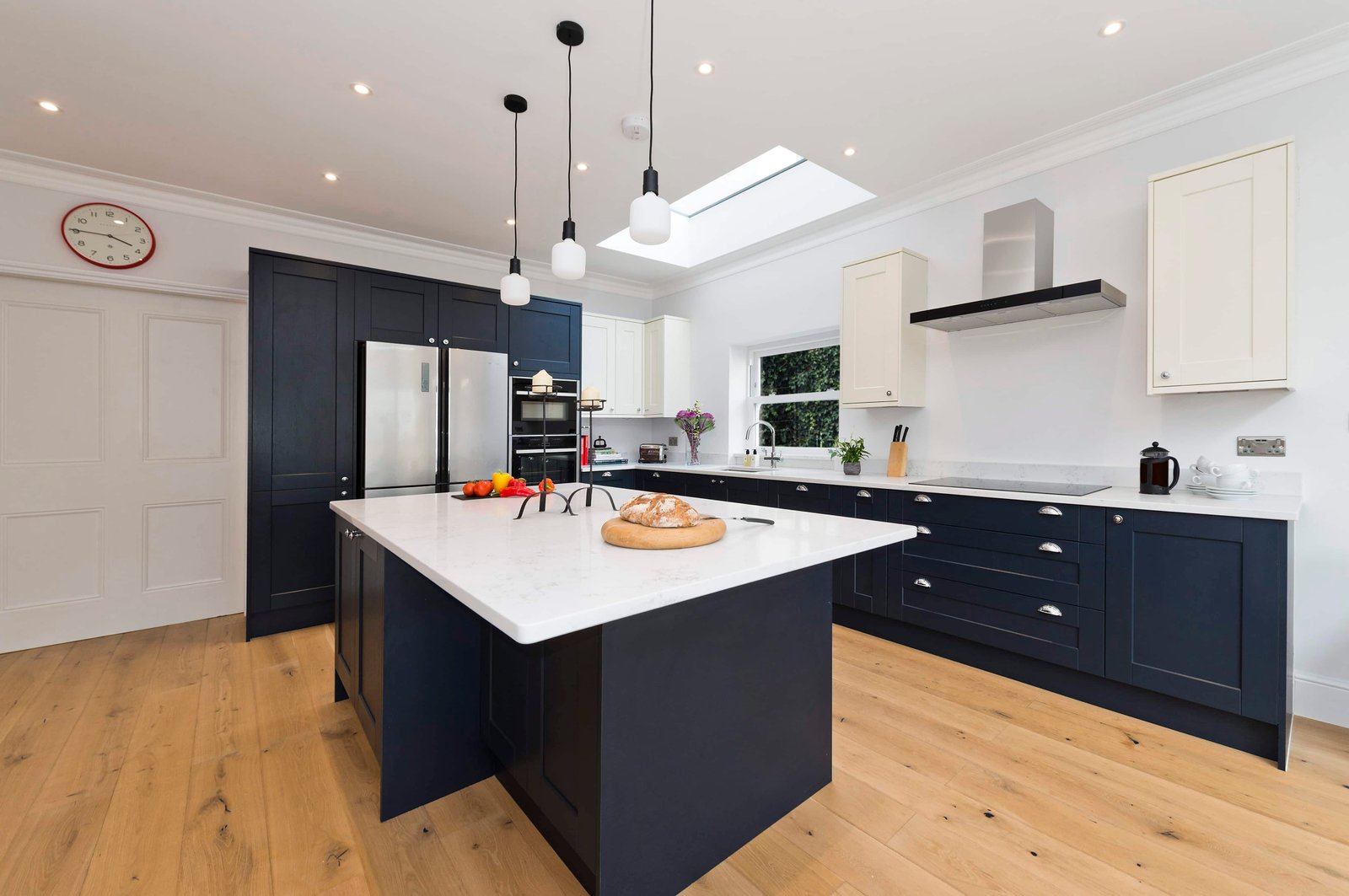
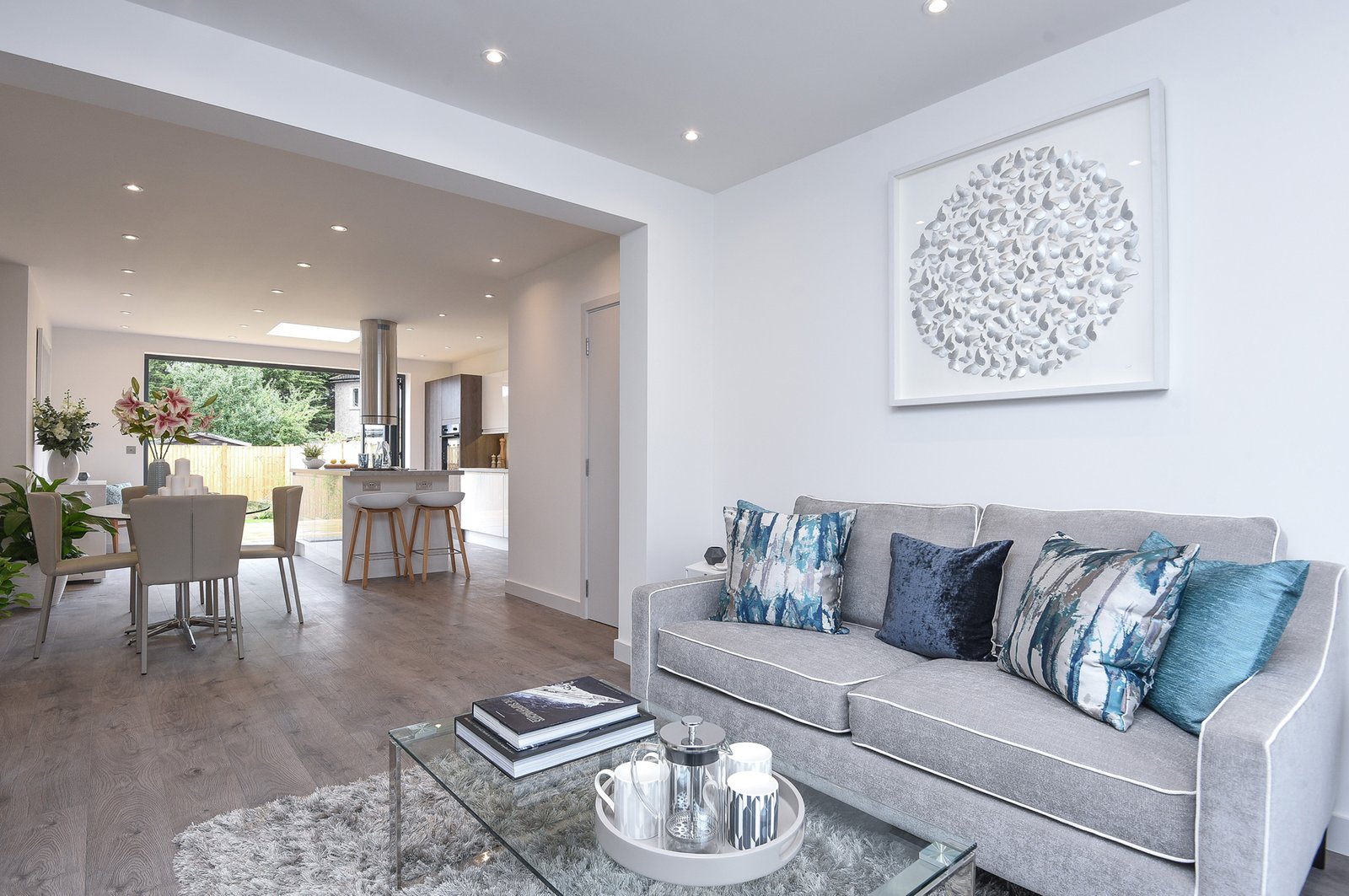
But building a house extension is not only about creating extra space. It often involves the desire to create the perfect home in a location you already love. By building a loft or a basement conversion, a kitchen or side extension or even just by reconfiguring an existing floorplan, many people are able to attain a home that fulfils their practical needs and gives them the perfect space. A house extension can give you an additional bedroom if you are expanding your family or give you a space to retire when seeking some quiet time. A house extension can provide you with an ample entertainment area or the perfect space to work from home.
What Are House Extensions
So what is considered a house extension and what is not? A house extension is any structural addition to an existing house. This can include adding a new room, expanding an existing room, or adding a new floor. Extensions can be built on the front, side, rear, or even roof of the house. Common examples of house extensions include:
- Single-storey extensions
- Double-storey extensions
- Side extensions
- Rear extensions
- Wrap-around extensions
- Mansard extensions
- Dormers
- Roof terraces
- Conservatories
- Orangeries, and
- Garden rooms.
However, porches, garages, sheds, outbuildings, decking, patios and any type of fencing do not fall into the home extension category.
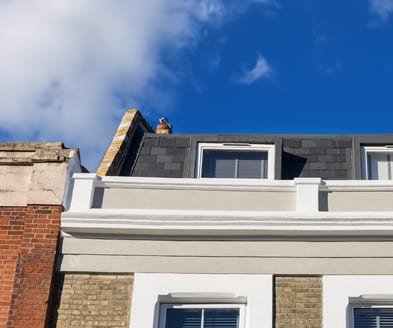
MANSARD EXTENSION
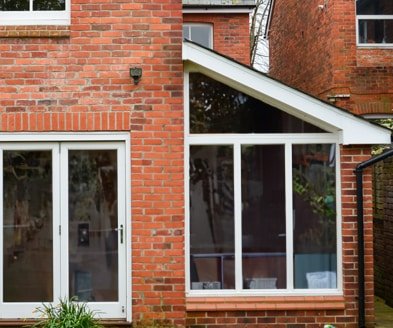
SIDE EXTENSION
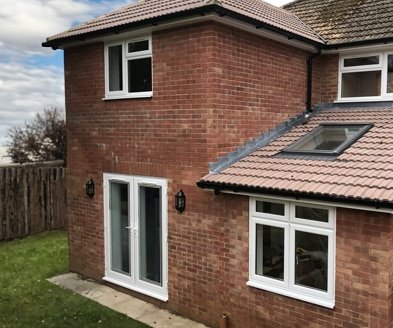
DOUBLE STOREY EXTENSION
What Are the Different Types of House Extensions?
A single-storey home extension is a one-story addition to an existing house. It is typically built on the rear or side of the house and can be used to add a new room, such as a kitchen, dining room, or bedroom. Single-storey extensions are a popular choice for homeowners because they are relatively affordable and can be built quickly and easily.
Single-storey extensions are a popular choice for homeowners because they are relatively affordable and can be built quickly and easily.
If you are looking to add more space, you would consider a double-storey extension. A double-storey house extension is a two-story addition to an existing house. It is typically built on the rear or side of the house and can be used to add multiple new rooms, such as bedrooms, bathrooms, or a home office. Double-storey extensions are typically more expensive than single-storey extensions, but they can also add a significant amount of space to your home.
A side extension is an addition to the side of an existing house. It is typically used to extend an existing room, such as a kitchen or living room. It is a good option for homeowners who have limited space in their garden. A side extension can be either single or double-story but is characterised by where it is built in relationship to the main home structure.
A rear extension is a horizontal extension that adds one or two floors to the back of your house. It is the most common type of house extension because it is usually the one that has the least impact on your neighbours. Rear extensions are often used to create a larger kitchen, dining room, or family room.
A wrap-around extension is a horizontal extension that adds one or two floors to the side and rear of your house. It is a good option for homeowners who want to add a lot of space to their home without taking up too much garden space. Wrap-around extensions are often used to create a large open-plan kitchen, dining room, and living room.
A mansard house extension is a type of roof extension that adds a half-story to your home. It has a distinctive flat roof with two slopes on each side. Mansard extensions are a good option for homeowners who want to add more space to their home without building a new floor. They are often used to create a larger bedroom, bathroom, or office.
A dormer extension is a type of roof extension that projects from the roof of your house. It usually has a window and can be used to create more space in a bedroom or attic. Dormers are a popular choice for homeowners who want to add more light and ventilation to their home.
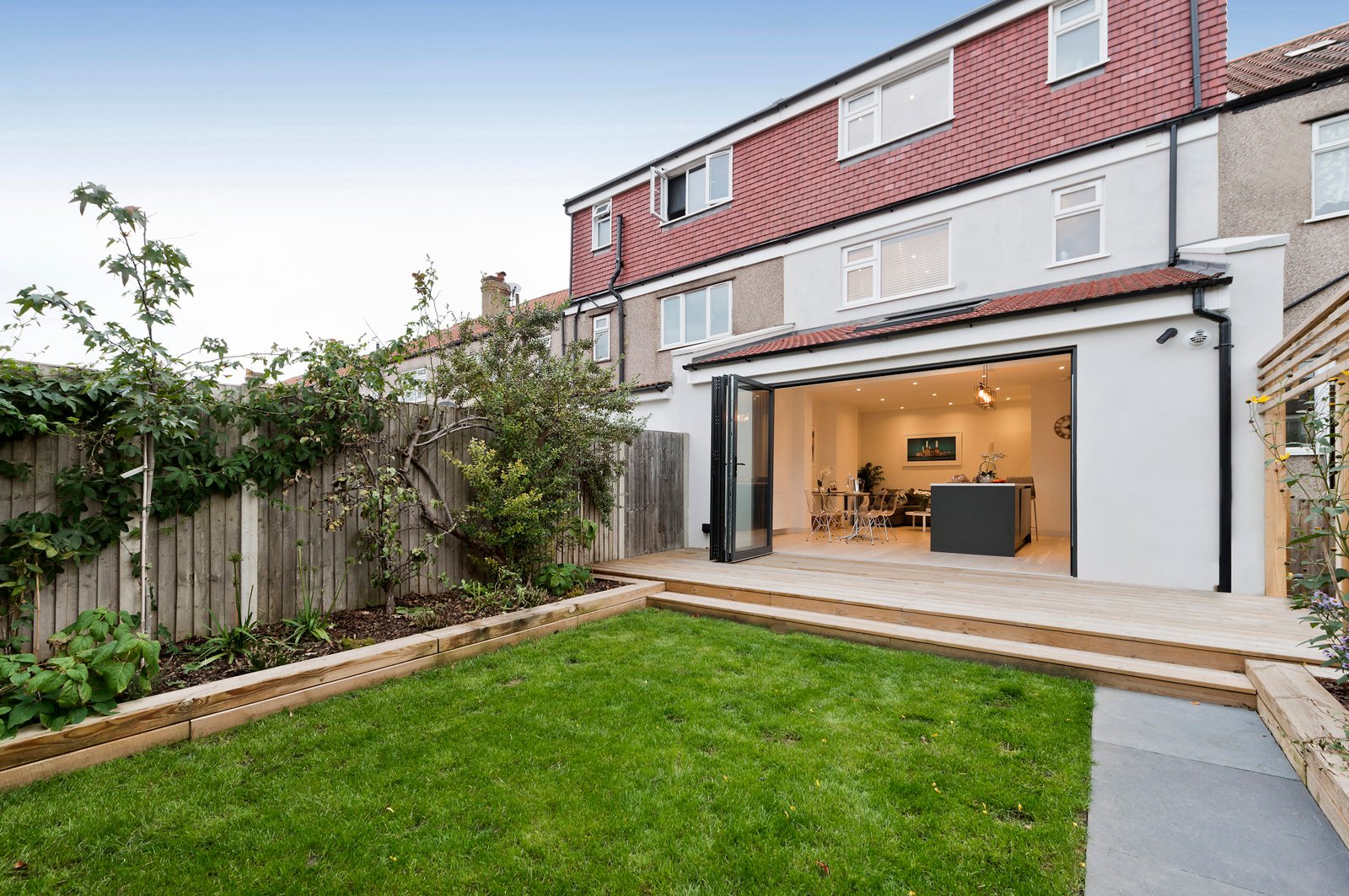
REAR EXTENSION
Choosing the Right Type of House Extension
To choose the right type of home extension you should consider your needs and budget: What do you need the extra space for? How much can you afford to spend? You should also take into consideration the type of property you own. Some types of extensions are more suitable for certain types of properties than others. For example, a double-storey extension is not suitable for a bungalow. Think about the space you have available – how much space do you have in your garden for an extension? Don’t forget that some types of extensions will require planning permission. As well, keep in mind your personal style. What style of extension would you like? Do you want it to match the existing style of your house or create a contrast? Consider the impact on your neighbours. Make sure to let them know about your plans and be prepared to address any concerns they may have. If you are planning to sell your house in the future, you should choose a type of extension that is likely to appeal to a wide range of buyers and make sure that you will see a return on your investment.
What is the Cost of a House Extension?
The average price of a house extension in the UK in 2023 is estimated to be between £30,000 to £140,000 for a single-storey extension and £105,000 to £155,000 for a double-storey extension. However, the actual cost can vary widely depending on a number of factors such as the type of house extension you are planning to build, the specs to which it is being built and location to name a few.
The size and complexity of the extension is one of the main factors affecting a house extension cost.
The size and complexity of the extension is one of the main factors affecting a house extension cost. Larger and more complex extensions will naturally cost more to build. The specs to which the extension is built is probably the second guiding factor in the cost to your extension. The cost of materials can vary greatly depending on the quality and type of materials you choose.
The location of your home will also play a huge factor on how much your house extension will cost. Building costs tend to be higher in London and other major cities.
As with any construction project, there can always be unforeseen problems – If unexpected problems arise during construction, such as the need to reinforce the foundations or remove asbestos, this can add to the cost to your house extension project.
If budget is of concern when planning for an extension, consider using recycled or reclaimed materials and be flexible with your design and materials. Get multiple quotes from different builders before you make a decision. Just make sure that all quotes include the same specs and that they all cover the same work.
If you have some DIY experience you can also consider doing some of the work yourself. However a note of caution, it may become very costly to repair a DIY job gone wrong so make sure you are 100% confident before embarking in this route. Also speak with your contractor and be open about your budget – most of the times they will have some good suggestions on how you could save some cash.
Are House Extensions Worth it?
In terms of the enjoyment of your property, we would like to say that most probably the are worth it. A house extension, when planned properly and done to the desired specs, will provide you with additional space or a renewed layout that will allow you to enjoy your property to the fullest.
However there is always the financial side to any project. The amount of value that different types of house extensions can add to your property will vary depending on a number of factors, including the size and location of your property, the type of extension you choose, and the current market conditions.
Type of Extension |
Potential Value Added |
Single-Storey Extension |
10 – 20 % |
Double-Storey Extension |
15 – 25 % |
Loft Conversion |
15 – 30 % |
Kitchen Extension |
20 – 25 % |
Bedroom Extension |
10 – 15 % |
Bathroom Extension |
5 – 10 % |
It is important to note that these are just averages and the actual increase in value may be higher or lower depending on the individual circumstances. For example, a well-designed and executed extension in a desirable location is likely to add more value to your property than a poorly designed extension in a less desirable location.
If you are considering a house extension, it is advisable to speak to a local estate agent to get an estimate of how much value the extension is likely to add to your property. Always keep in mind that most areas will have a market cap on properties within its envelope. If you are carrying out your house extension project as a means to add value to your property, ensure that you will be able to recuperate your investment when you put your property for sale.
How to Carry Out a Successful House Extension Project.
Every project is unique and so will the process be. However there are a few steps you can take that will probably apply to most projects and will help you ensure that your house extension is completed efficiently and successfully.
Goals
To start with, make sure you know what you want. What do you want your extension to achieve? Do you need more space for living, working, or entertaining? Do you want to improve the energy efficiency of your home?
Once you have clearly defined goals, find out what types of extensions are allowed in your area and what permissions you need to obtain. The extension of your dreams may not be an option for your type of property and this could send you back to the drawing board.
Budget
Next, create a budget. Estimate the cost of your extension, including the cost of design, construction, materials, and professional fees. Be realistic about your budget: It is important to have a realistic budget for your extension and to be prepared for unexpected costs.
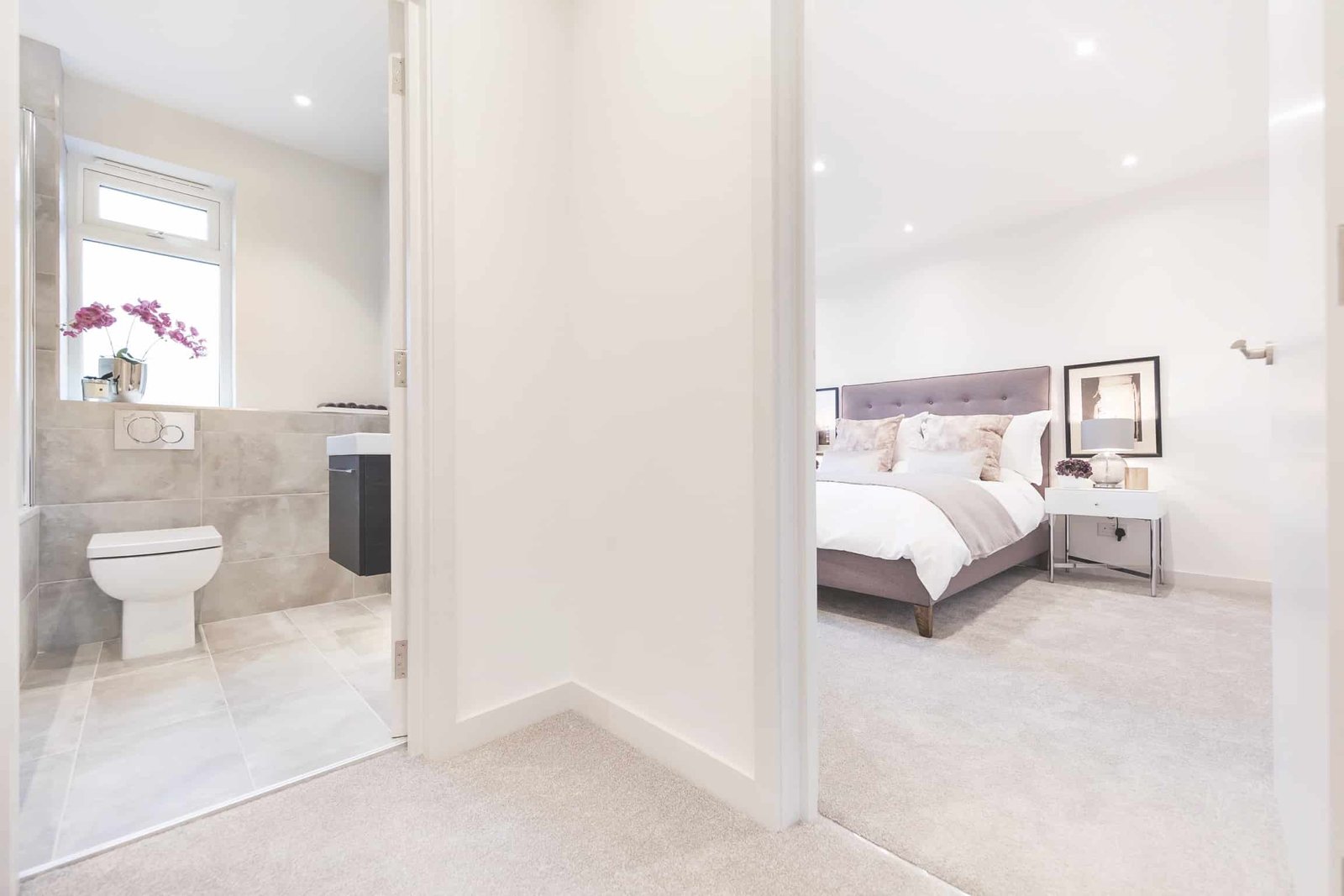

Design
This may seem obvious, but some people don’t consider this an important part of the process – and it really is. Hire an architect or designer: An architect can help you to create a design that meets your needs and budget, and that is compliant with local planning regulations. In the long-run, hiring a designer or an architect will end up saving you money as there will be less chances of getting things wrong.
Permits
Once you and your architect have come up with a solution that will provide you with the home of your dreams, you will need to get planning permission. There are a few type of extensions that will not require planning permission and can be executed under permitted development rights, however, many projects will need it. If required, submit a planning application to your local authority – do not start building until this is approved! Doing so could see you having to take down your house extension in case the local authorities find your extension plans disagreeable. Make sure you inform your neighbours that you will have work being done. This is not only courteous but if you share a wall, or if your project is to be carried out in close proximity to their property, they may need to be involved. It will also help you to manage noise and logistic expectations and overall keep a good relationship with them as most construction work, no matter how many mitigating measures are put in place, will most probably have an impact on them as well.
Builders
With all permits in place and your design agreed upon, it is time for you to choose a builder. Get quotes from several builders and compare their experience, qualifications, and references. Make sure that all your quotes include all the work to be done and include the specs that you expect. Draw up a building contract that sets out the terms and conditions of your agreement with the builder. A clear contract will help you manage expectations on both sides and insure that there are no disagreements over processes and execution. If your contractor does not have insurance, arrange for it. Arranging for building insurance will protect you in the event of any damage to your property during construction.
Management
Be involved in the project. Keep an eye on the project and make sure that the both design and budget are being followed. Please don’t forget that any changes to your original design will potentially have an impact on your schedule and your budget. Keep the builder informed of your needs and expectations, and be prepared to compromise. Unfortunately most building projects will encounter unforeseen circumstances that will affect both budget, design and schedule – structural problems, weather delays or a disruption in a supply chain. It is important to be prepared for these and to have a contingency plan in place.
Once the extension is complete, have it inspected by a qualified professional to ensure that it is safe and meets all of the relevant building regulations. If you are satisfied with the finished product, you can then sign the completion certificate and take possession of your new space.
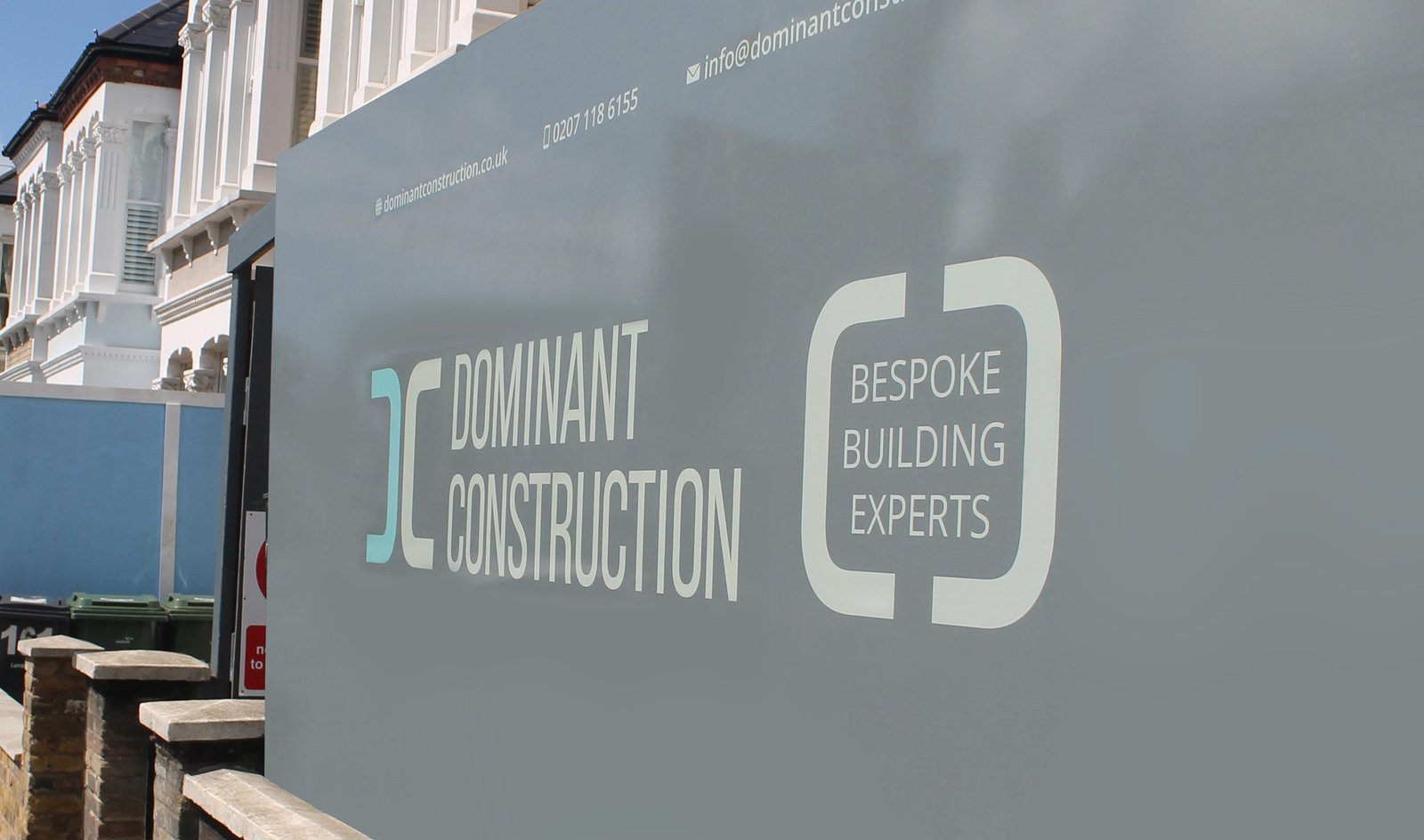
Why Work With Dominant Construction?
A house extension is a mayor project and will require a substantial investment. If you choose the wrong partners, the process can be stressful and you may end up with a product that does not meet your expectations.
When choosing a contractor, make sure you have done your homework. Get a few quotes and get to know them. Ask for references and to see some of their previous projects. Make sure you ask as many questions as you need to feel confident that the contractor you choose is trustworthy and a good fit for the way you want to run your project.
At Dominant we have over 20 years’ experience delivering house extensions of every variety – from relatively simple side extensions to full home renovations that include vast double-storey extensions and basement conversions. We are fully insured and we offer a robust warranty for all the work we develop. We also pride ourselves in having clear and transparent processes in place to make sure that our clients are always in control of their projects – always informed and up-to-date with their project’s progress. We also work on a bi-weekly valuation system and take no deposit up-front. This means that every fortnight, we review with our clients the work that has been done and invoice only for the part of the project that has been delivered. This means that our clients have a better control of their finances and it allows us to make any modifications to plans when needed in a timely and organised manner. If you are planning to embark in any form of renovation or are thinking of a house extension, or a loft or basement conversion, please give us a call or visit our main office in Hammersmith. Our team is always keen to talk about your project and we are always happy to discuss how we can help you bring your ideas to fruition.

